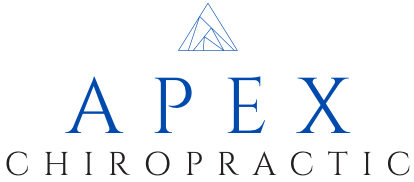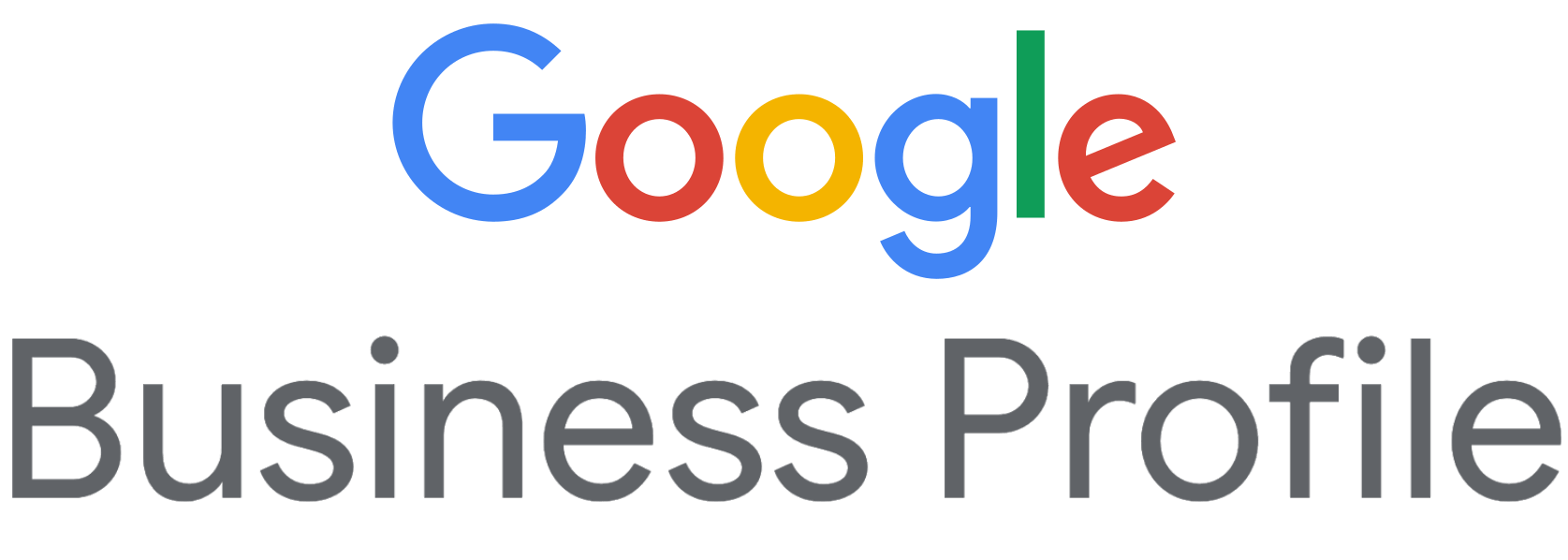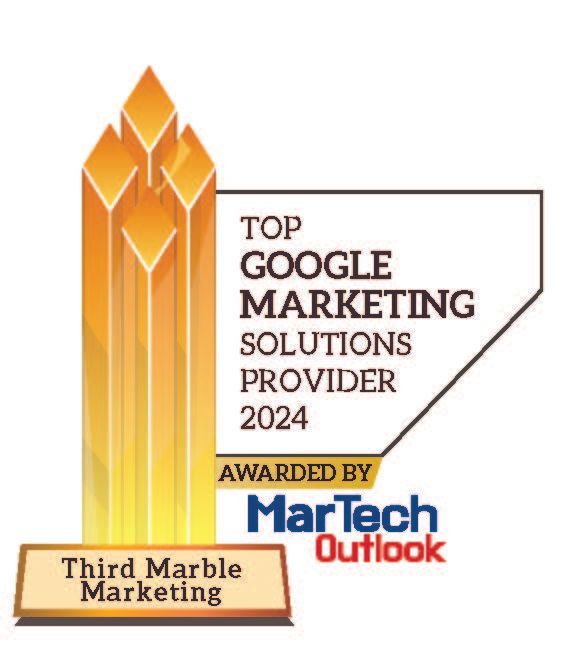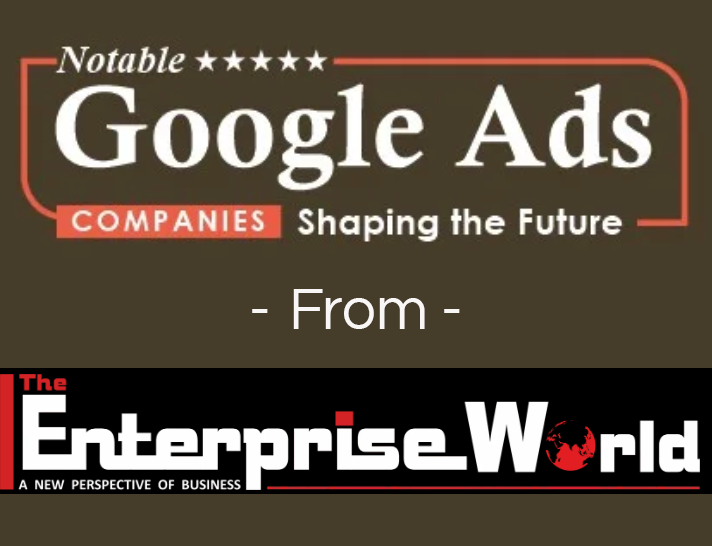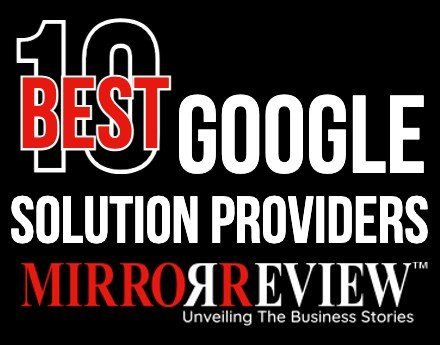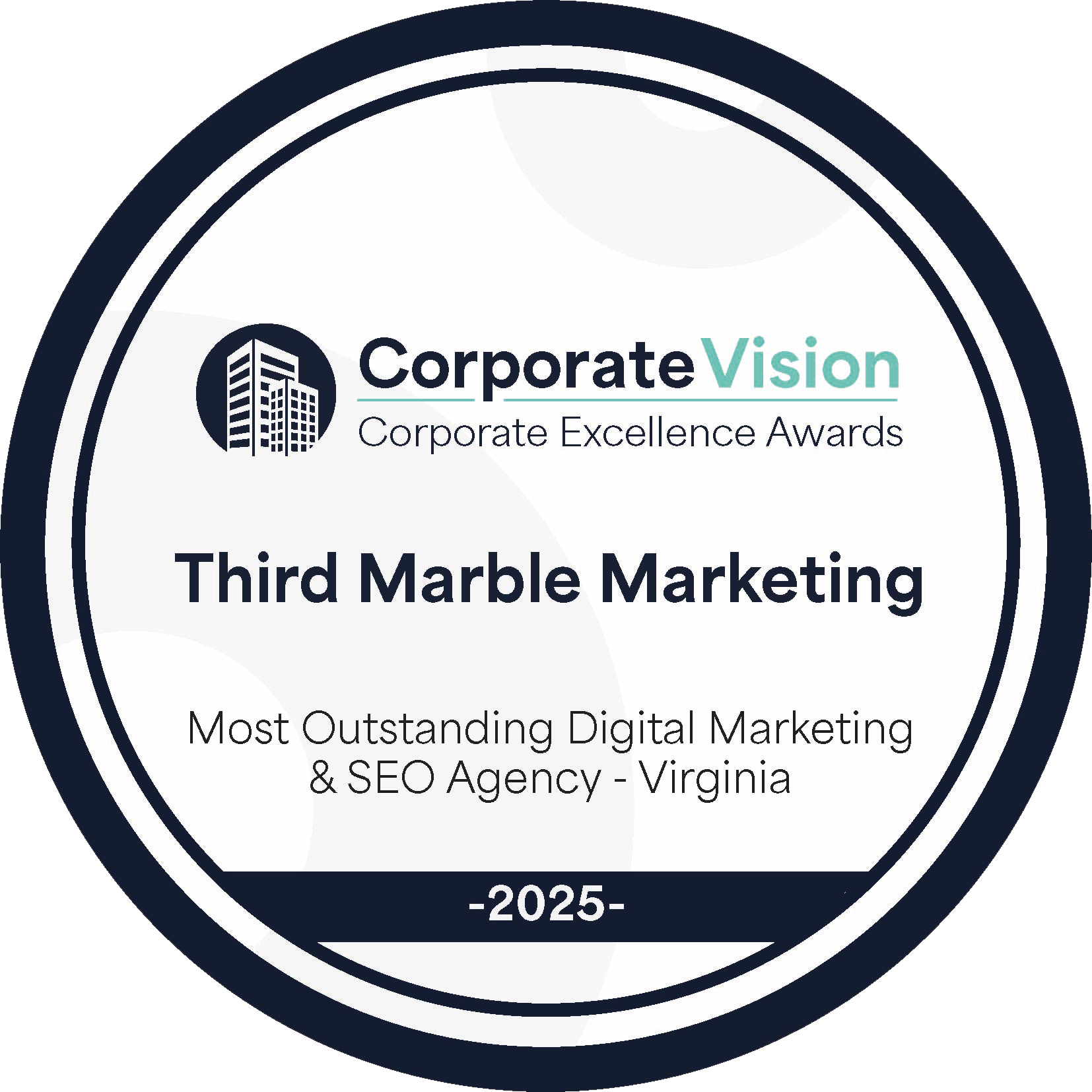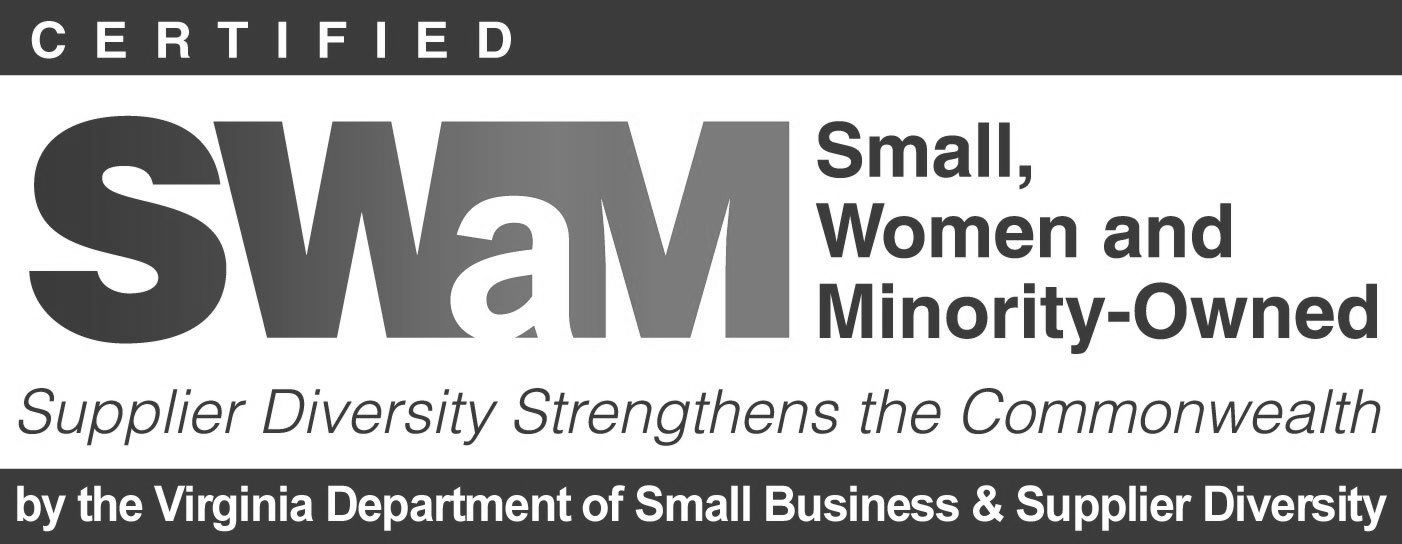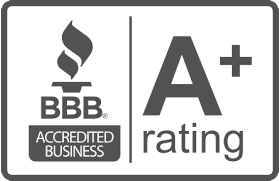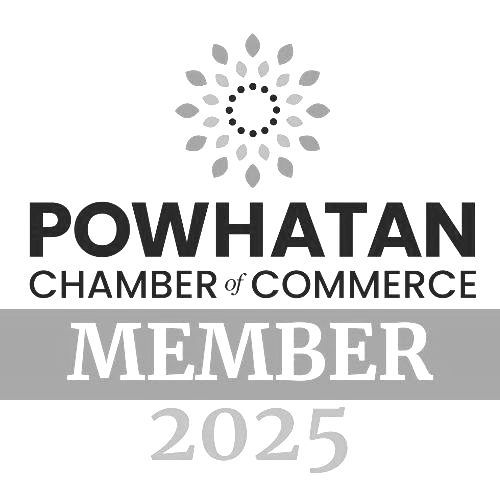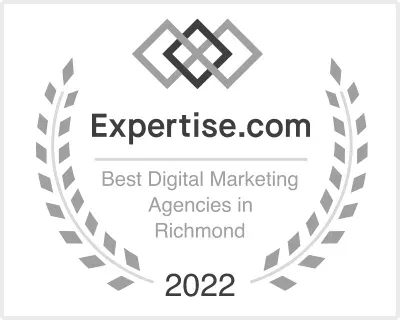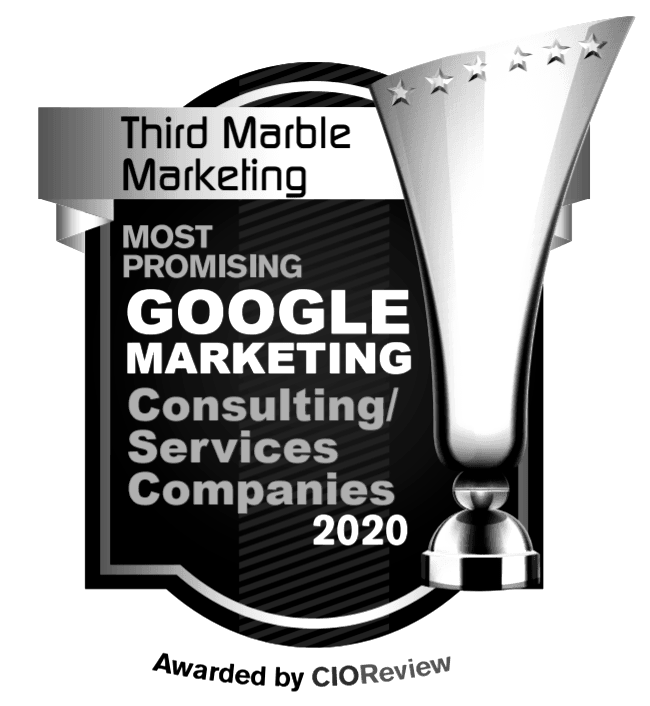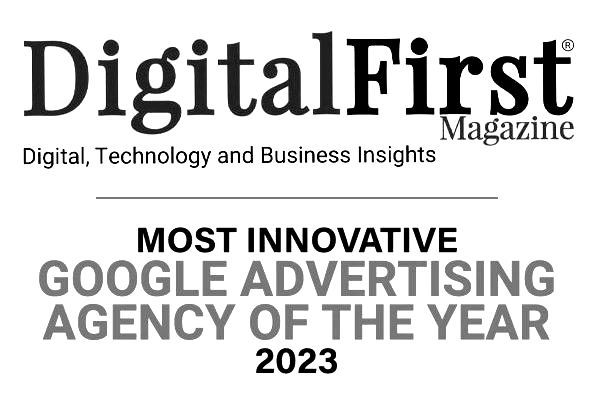Display Ad Targeting 1/5
What Is Display Ad Targeting ?
3 Reasons Why You Should Care!
(First in a Series of 5 Articles)

Maximizing Your Conversion Rate and Advertising Return on Investment
If you’re like most small business owners, your advertising budget is not of the “deep-pockets” variety. So, whatever promotional route you choose must offer a clear potential for an ROI.
In this article, we’ll talk through a little-known approach to small business advertising that offers three proven payoffs. Businesses that initiate Display Ad Targeting profit from three measurable, business-building results.
- Save money … when compared to the traditional advertising approaches (More on that in a bit.)
- Increase sales … your chances of conversion is enhanced along with ROI on your marketing dollars.
- Track results … know what’s working and what’s not to get the right message to the right people.
OK … hopefully the last few lines have captured your interest to know how Display Ad Targeting may help turbo-charge your business … both top and bottom-line. So, let’s start with a brief description of broad-reach ad campaigns. In the past, marketers would push broad-reach campaigns to get in front of as many people as possible. The approach was one of casting the marketing net as wide as possible with untargeted advertising.
Though this sounds great … and in some cases may even work for large national brands with a very broad appea l … it doesn’t make sense for small-business owners . Here are two underlying assumptions by broad-reach marketers that underscore this fact:
- Assumption : A dvertising creative images and messages appeal equally to all people. In fact, studies show that it’s exceedingly rare for any one ad to appeal equally to all people.
- Assumption : A ll people will respond equally to an ad despite their location. For many consumers, proximity is a key consideration. The further a prospect must drive, the less likely they are to convert … a critical concern for local businesses.
That brings us to current small business marketing best practices … Display Ad Targeting , a simple concept that targets only those prospects who are likely to buy from you! This powerful approach to advertising focuses on critical business outcomes that really matter to your business – think, enhanced sales, cash flow and profitability.
Targeting Options
Targeting pools of likely prospects significantly drives your chances of conversion and marketing ROI. That’s in stark contrast to spending your ad dollars broadcasting to thousands, even hundreds of thousands of people, in hopes of capturing a few customers. Now let’s look at the most common categories of targeting options … along with examples.
Geographic Targeting : As you have probably guessed, your ads may be selectively targeted to specific zip codes, cities, states or a mileage radius around a specific location or city. Note : This is critically important to small businesses.
Demographic Targeting : Options include:
- Age – 18-25, 25-35, 35-45, 45-55, 55-65 and 65+
- Income – Top 10%, 10-20%, 20-30%, 30-40%, 40-50% and lower 50%
- Gender – Male, Female
- Parental Status – Children, No children
Lifestyle Targeting : Also known as targeting “Affinity Audiences” based on their online search behaviors. Models of Affinity Audiences may be tailored for your specific offerings. H ere are a few examples:
- Beauty Mavens
- Coffee Shop Regulars
- Do-It-Yourselfers
- Dog Lovers
- Luxury Shoppers
- Football Fans
- Business Travelers
In-Market Targeting : Targets recent online behaviors over the last few weeks. The indication is the searcher is in-the-market now . Some examples.
- Luggage
- Used cars
- Office furniture
- Tutoring or test prep services
- Plumbing fixtures
Contextual Targeting : This targets content on a web page with display ads that address the info the online searcher seeks. For example, a podiatrist’s ad may appear on a WebMD page when someone researches “foot pain”.
Utilize As Many Targeting Options as Appropriate To Find Your Perfect Customer
It’s important to know that the above targeting options are not mutually exclusive. A properly customized Display Ad Marketing campaign may be tailored to your needs with one or more of the above choices . Clearly, the possibilities are huge for your small business.
Here are a few examples of multiplying your targeting options based on a variety of different enterprises.
Real Estate Agency : Seeks to generate sales leads for their agents.
- Demographics: 25 to 45 year s old with children, top 30% income bracket, PLUS
- In Market: Recently searched for homes for sale and / or visited real estate listing websites PLUS
- Geography: Located within 20 miles of Agency’s office.
Football Team : Needs to sell more tickets.
- Demographics: 35 to 65 year s old ’ s men, top 30% income bracket, PLUS
- In Market: Custom In Market Audience for the name of the football team PLUS
- Lifestyle Targeting: Football Fans
- Geography: Located within 100 miles of the stadium.
Accountant : Promoting Business Formation Services.
- Life Change: Recently started a business PLUS
- Demographic: Top 20% income PLUS
- Geographic: 50 miles around Denver, CO
Online Jewelry Store : Promoting sale of wedding rings.
- Demographic: 25 to 35, top 50% income bracket, PLUS
- Geography: USA, PLUS
- In Market:
Recent online searches for:
- Bridal Dresses
- Wedding Venues
- Engagement Rings
- Wedding Photographer
Pest Control Service : Seeking prospects for immediate pest control needs.
- Demographic: Top 20% income bracket.
- In Market: Recent online searches for pest control services
- Geography: Within 30 miles of Phoenix.
Pediatrician : Attracting patients.
- Demographic: Recent recorded births
- In Market: Recent online searches for pediatrician
- Geography: Within 10 miles of physician’s practice location.
Yoga Studio : Seeking to attract female members
- Demographics: Females age 25 and 65 .
- Geography: Within 7 miles of the studio.
Utilize As Many Targeting Options as Appropriate To Find Your Perfect Customer
Display Ad Targeting delivers all the advantages that national advertisers enjoy … with an appeal to specifically targeted audience s at a fraction of the cost of traditional broad reach marketing strategies.
Small business owners, before spending another advertising dollar, be sure to seek expert evaluation of how Digital Ad Targeting will boost your return on your marketing investment.
Be sure to read our next issue to learn how Display Ads are structured to deliver superior results.
The post Display Ad Targeting 1/5 appeared first on Third Marble Marketing.
Third Marble Marketing - Google Ads & SEO Tips, Tricks and Case Studies

